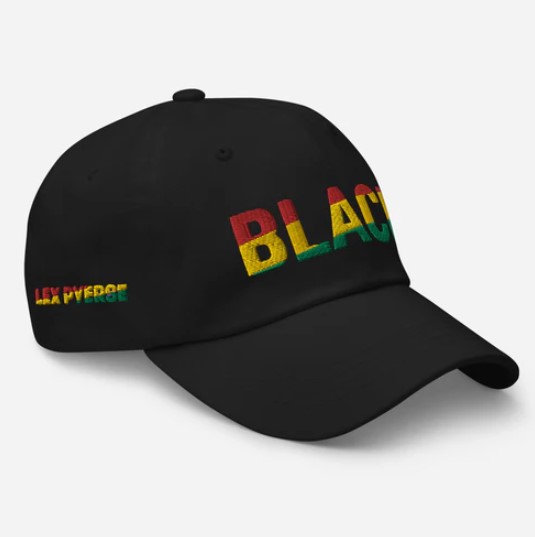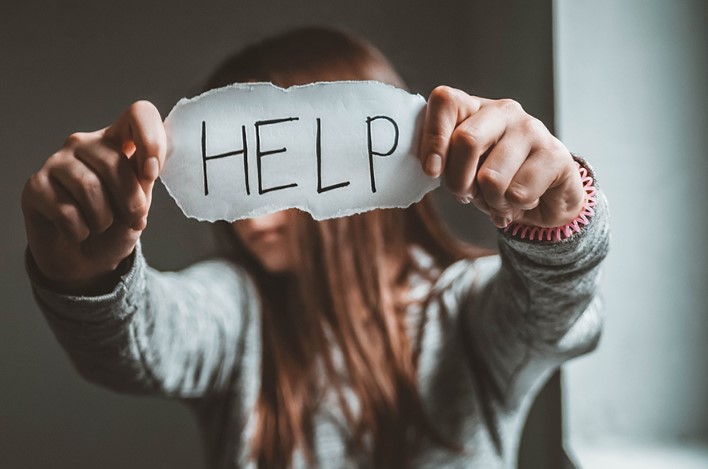Introduction
Within the hallowed halls of justice, the perennial black robes may seem to suggest a uniformity that eclipses individual expression. Yet, the American legal field unfolds as a dynamic tableau where culture, identity, and law intersect. Clothing, as a profound form of self-expression, serves as a vehicle for African and African American legal professionals to weave their cultural heritage into the fibers of the legal landscape. This essay shines a light on traditional and contemporary clothing such as African attire, African American hoodies, Pan-African hats, Haiti hoodies, and pro-black shirts, examining their cultural significance and impactful presence within the American legal sector.
African Clothing in the Legal Field
In stark contrast to the austere courtroom attire, African clothing bursts with color and meaning. Garments like the Nigerian agbada or the Kenyan kanzu have found their way onto the backs of lawyers and legal professionals of African descent, particularly during cultural celebrations within legal associations or at community events. The bold, intricate patterns of African textiles like Ankara speak volumes in courtrooms and law offices, providing a rich narrative of the wearer’s roots and cultural pride. This integration of African clothing into formal legal attire highlights the increasing recognition of cultural diversity as an asset rather than a divergence from professionalism. It allows African legal practitioners to stand as ambassadors of their heritage, asserting that cultural identity can coexist with the exercise of law.
African American Hoodies and Legal Activism
African American hoodies echo the resilience and activism inherent within the African American community. The hoodie, once trivialized as mere streetwear or maliciously misinterpreted as a symbol of criminality, has been reclaimed. It is now a herald of social justice messages, often worn during legal workshops, community outreach programs, or peaceful protests organized by legal professionals. For instance, the “hoodie marches” in honor of Trayvon Martin, engaged attorneys and judges in a sartorial demonstration of their stance against racial profiling. The hoodie transcends its fabric, becoming a banner under which legal practitioners advocate for fairness and equality.
Pan-African Hat: A Symbol of Unity in Legal Diversity

The Pan-African hat or kufi serves as a subtle yet profound emblem of unity among African descendants. In the legal field, it’s not uncommon to witness these hats during special occasions such as Black History Month events or African heritage celebrations sponsored by law schools and legal fraternities. The hat’s colors—black for the people, red for their blood, and green for the land and its riches—are especially resonant in discussions focusing on land rights, reparations, or civil rights. Through the symbol of the Pan-African hat, African American legal professionals forge solidarity and advocate for laws that support equity and recognize the historical plight of their people.
The Haiti Hoodie: Legal Advocacy and National Pride
For Haitian-American legal practitioners, the Haiti hoodie is a garment steeped in history and pride. These hoodies often feature prominently within legal aid groups and non-profit organizations working to address issues pertinent to the Haitian community. The hoodie, canvassing the vibrant blue and red of the Haitian flag, is worn in legal clinics and community legal education seminars, symbolizing the resilience of the Haitian people. They emphasize the importance of legal advocacy in protecting the rights of immigrants and preserving the dignity of diasporic communities.
Pro-Black Shirts in Legal Education and Practice
Pro-black shirts, with their powerful slogans and imagery, do not shy away from making profound statements in educational and professional legal settings. These shirts can be seen at legal symposiums or university campuses, part of a visual dialogue on justice, identity, and reform. By adorning pro-black apparel, students, educators, and practitioners affirm their commitment to dismantling systemic racism within the legal system and society at large. These shirts act as conversation starters, fostering discourse on equality and the role of the law in safeguarding the rights of marginalized communities.
Conclusion
Clothing within the African-American community has always been an extension of self and a testament to the collective journey — a journey marked by struggles for freedom, equality, and recognition. In the legal field, the nuanced interplay of traditional African clothing, African American hoodies, Pan-African hats, Haiti hoodies, and pro-black shirts paints a picture of diversity, resilience, and activism. Each item of clothing offers a distinct narrative, a thread in the larger tapestry of the African diasporic identity, contributing to a more inclusive and empathetic understanding of justice. As purveyors of the law strive to reflect the diverse society they serve, clothing remains a potent symbol of their underlying cultural values and aspirations. It is in the courtrooms, law offices, and legal classrooms where these garments do more than just adorn; they proclaim the multifaceted identities of those within the legal profession, challenging the status quo and inspiring new generations to embolden the spirit of the law with cultural pride and progressive thought.
In this light, the American legal field can be visualized not as a monolith but as a mosaic where each piece — each cultural expression through clothing — holds significance. By embracing these expressions, the legal sector acknowledges that justice, in its truest sense, must resonate with the lived experiences of all people, validating their heritage and narrating their truths. The fabric of these garments becomes intertwined with the fabric of legal philosophy, urging an evolution towards a more equitable and representative legal system.



